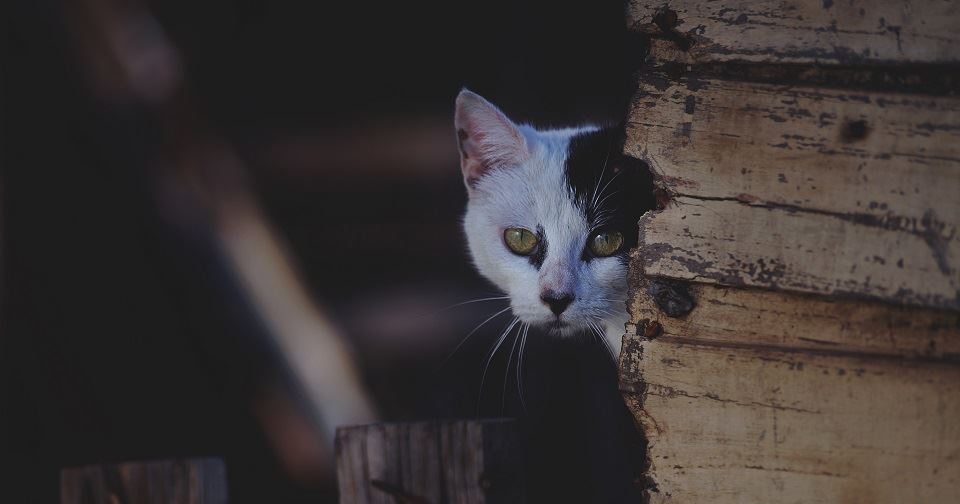Helping pets adjust to their new environment can be a stressful and difficult experience, and outdoor cats pose even more challenges. There are tales of cats trying to get back to their old homes, sometimes hundreds of miles away, so you may be afraid to let your cat back outside after arriving in your new town.

However, with a little work, you can keep your pet happy and calm during the move to ease them into the transition. And in no time, your cat can roam outside and return home safely.
Confirm the new environment is safe for your cat
When moving to a new home, make sure your new neighborhood is safe for your cat before continuing to let them roam. Dangers to consider are:
- Major high-traffic roadways nearby
- Wild animals and predators
- A large feral cat population
- Toxic or poisonous substances
Additionally, if you are moving into an apartment complex, you may not be permitted to allow your cat outdoors, as per the regulations illustrated in your lease.
Feed your cat as soon as you get to your new home
When you arrive in your new home, the first thing you should do is feed your cat. Meals help your cat establish that this new, strange place is home, and it's where they must return to eat. Make sure to feed the cat in the same dish they ate from in your old home, as well as the same food they enjoyed. Familiarity and routine will help you feline friend adjust more quickly to your new home.
Start your outdoor cat off inside after a move
It's a good idea to try and keep your cat indoors until they get used to their new surroundings, sights and scents. Keep the windows open, so they can catch a whiff of the outdoors and grow accustomed to the new smells. Have a cat tree or some other piece of furniture near a window, so they can look out and become familiar with the landscape of your new neighborhood before venturing outside.
While keeping an outdoor cat inside can be difficult, it's best to extend this trial period to about two weeks, if possible.
TIP: The first time you take kitty outside, do so on a leash to get the lay of the land without getting lost. If you do this several times in your first few weeks in the new home, your cat will become familiar with your home's surroundings and have no trouble finding home.
Prepare for accidents during the transition period
While your cat is adjusting to their new home during an inside-only trial period, they may have a few accidents -- especially if they aren't using a litter box. Keep the box in a place they are comfortable. If they seek refuge in a certain room during this stressful time, put the litter box there.
Refrain from keeping clothes, towels, newspapers or other appealing items on the floor to prevent the cat from eliminating on them. If they do have an accident, clean it up promptly with a paper towel and place it inside the litter box. The scent will attract the cat back there next time.
Make sure your outdoor cat has identification
Before allowing your cat outside in your neighborhood, put the proper license and identification on their collar, so they can be returned to you safely if lost.
Another great option is micro-chipping -- a painless procedure in which tiny chip (no larger than a grain of rice) is inserted between your cat's shoulder blades with a needle. If micro-chipped cats are found, they can be scanned to reveal their current address, owner and all pertinent contact information. Most states require by law that your pet carries some form of identification, and it is essential for your outdoor cat's safety.